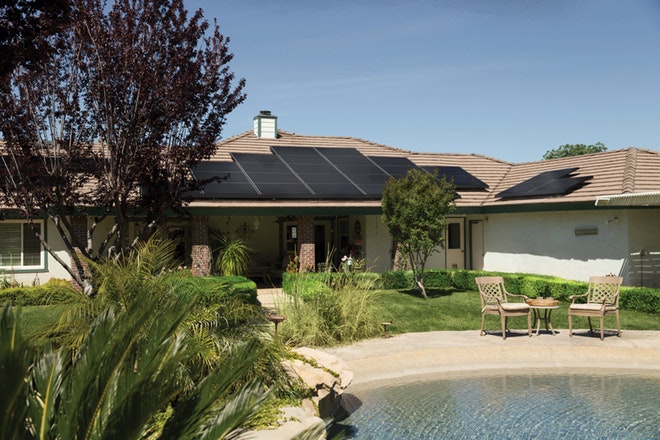So, you’re a fan of simplicity and just moved to a smaller home – mazel tov on that.
What comes next? Of course, this entails making space for new items and reducing clutter. To put it another way, downsizing.
Living in a big house is great for some families, but the effort and cost of maintenance can often feel like a bone-breaker for others. That is especially true after your children have grown up and moved out of the house. Downsizing is the perfect way to keep things nice and simple, especially in these crazy times. It also comes in handy when you want to keep your new home clean and clutter-less. Though there might be moments of fretfulness involved in the process, the benefits of living mess-free in a smaller home are myriad. These include a more emotionally healthy home, less time worrying about your possessions, more space, and financial improvements.
How to downsize to smaller home?
So if you find downsizing and decluttering to be a formidable task, we’ve got some nitty-gritty tips to help make the process as feather-light as possible.
Here they are:
Go through all your items
One of the first steps to downsizing your new home is to practice organization. Start by going through your belongings.
To stay organized as you go through your belongings, you’ll need to set up a system. The Three-Box Method, which forces you to make a decision item by item, is recommended. Collect three bins or boxes and mark them as “Get rid of,” “Keep,” and “Put in self storage.”
Preferably, maintain objects that are useful in your daily existence. Once you finish filling up the “Keep” from every room, you can stack it up and label it to make unpacking and packing easier.
Next, get rid of the things that you no longer use. Once you’ve identified the times, sort them further by classifying what will be passed down to family members or donated and what is broken or worn-out and should be tossed away.
Lastly, take care of seasonal or sentimental belongings through storage boxes. You can rent a self-storage unit and fill the space up with all the things you don’t currently need.
Always plan ahead
The process of downsizing shouldn’t be done a month or two before the move. It is wise to start as soon as possible.
The skill to downsize, like everything else in life, improves with practice. So if you give yourself four or five months to synthesize your possessions, you will be a pro by the time the day arrives. Moreover, planning before time also allows you to set a healthy pace to downsize with style.
Perhaps one of the easiest ways to put this pacing into practice is to take it one step at a time – every day or every week – to handle these realistic goals. It can help prevent you from feeling stressed, leading you to take too many items into your new home and live in clutter and panic every day.
Whenever possible, go digital
Paper clutter can quickly accumulate over time. To avert this disaster from happening, set aside time to sort through old receipts, bills, and other documents and recycle anything you no longer require. Older paper files, such as tax payments from the previous decade, should be kept in a plastic bin. Scan any additional receipts or records you may require in the future to create a digital copy, then shred and discard them.
Converting home videos, photos, and music into digital files is also a practical option. It will help free up precious real estate in your living room and office without requiring you to part with items you would generally keep. In this day and age of limitless streaming services, it’s probably not worth keeping scratched DVDs, CDs, or VHS tapes.
Consider your lifestyle
Is it indispensable to have 12 place settings if you never host dinner parties? Have you ever used your craft corner more than a few times? Be truthful with yourself about what you use, and allow that to influence what stays and what goes. Make a home that is conducive to your lifestyle.
Your future guests
How many guests do you anticipate? When downsizing to a smaller home, consider the number of guests you expect to have and how frequently you host them. Is it possible for guests to find a nearby hotel room or rental home? Do you want visitors to stay with you? If you are relocating to a resort town or vacation area, be aware that you may have more visitors than you anticipate. If you do require a guest room, make that a consideration in your downsizing decision.
Focus on the positives
Remembering the advantages of downsizing can help you get excited about living in a small space. Perhaps the relocation will enable you to pay off debt, establish a future savings fund, or take more vacations. Maybe you can find peace and joy in the fact that you will not have to maintain a lawn, worry about a mortgage, or make home improvements.
Try to focus on the opportunities you’ve gained rather than the space you’ve lost.
Your need for personal space
What amount of personal space do you require? Do you prefer to live in a remote area, or do you like to be near other people? One person may need a private bathroom, TV area, and bedroom. In contrast, another may not require any personal space at all.
Before downsizing, consider your space requirements. Those moving with others, such as a partner or children, may require more personal space than those moving alone. Furthermore, while some people may be content to live in an apartment building with other people, others may prefer to live in a rural setting away from others.
Conclusion
So many people are now shifting towards the motto: less is always more. They are striving for neat places, less junk, less stress, and less hustle. By decluttering and downsizing your new small house, you will be able to join the ranks of these people. The trick is to begin ahead of time and be honest about what you need. Yes, it will be painful, but if you make thoughtful choices and plan carefully, settling into your new humble abode will be easy as pie. Just ensure to tick the right boxes by considering the tips mentioned above, and you’ll be good to go.






